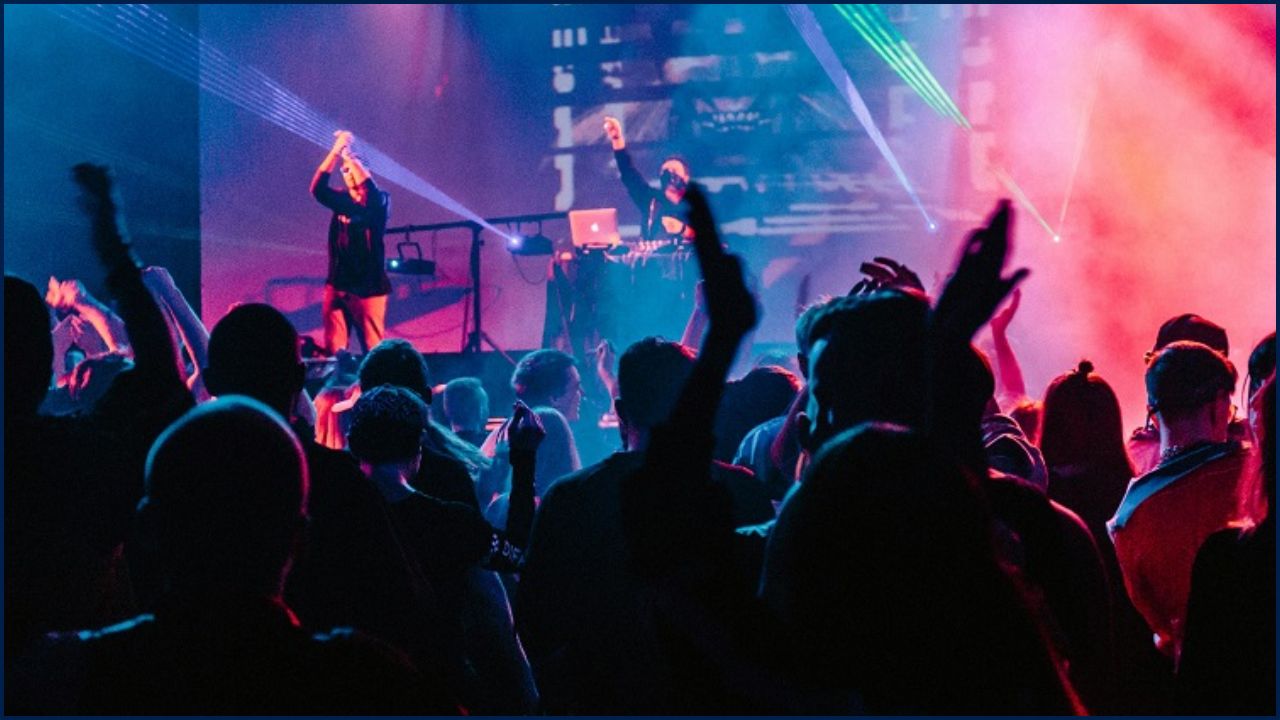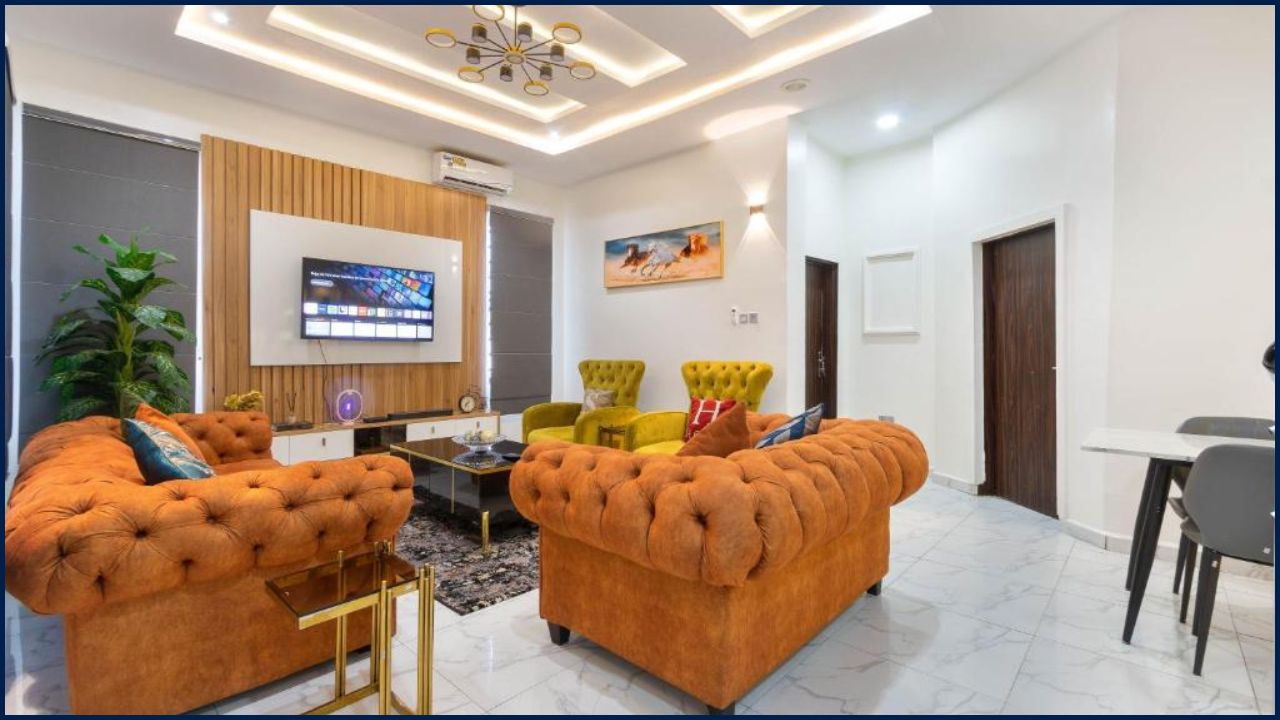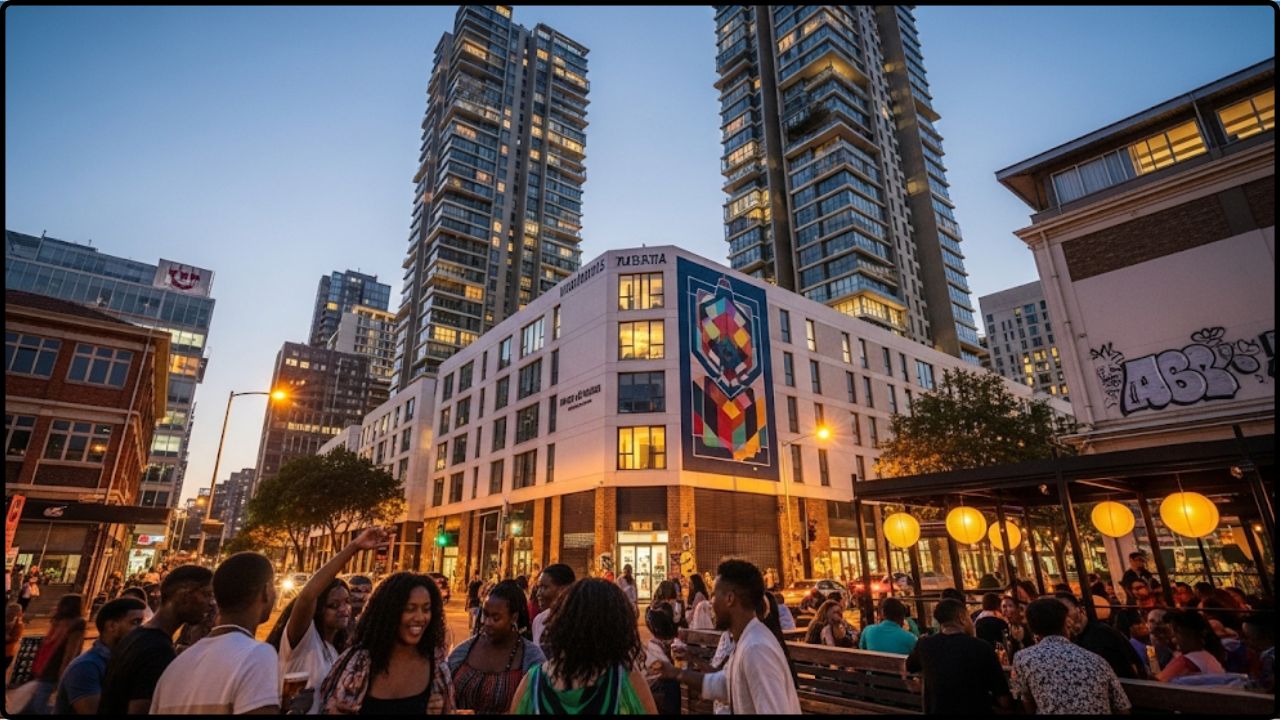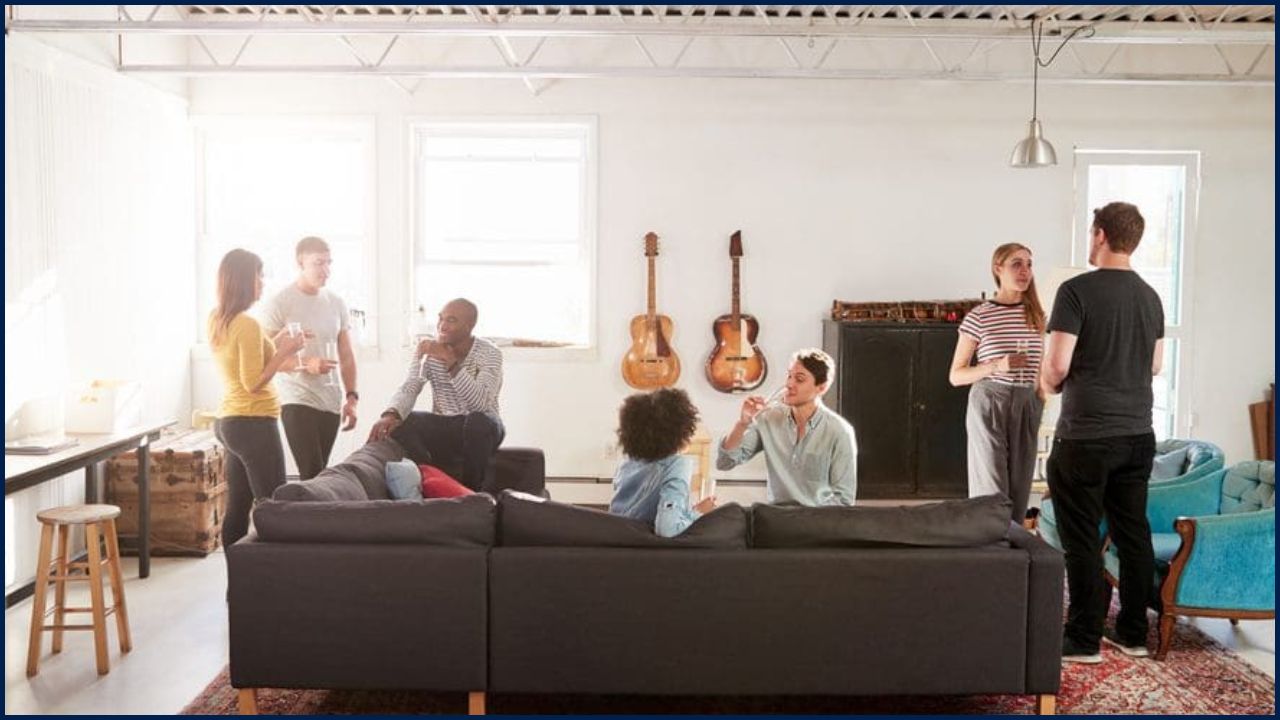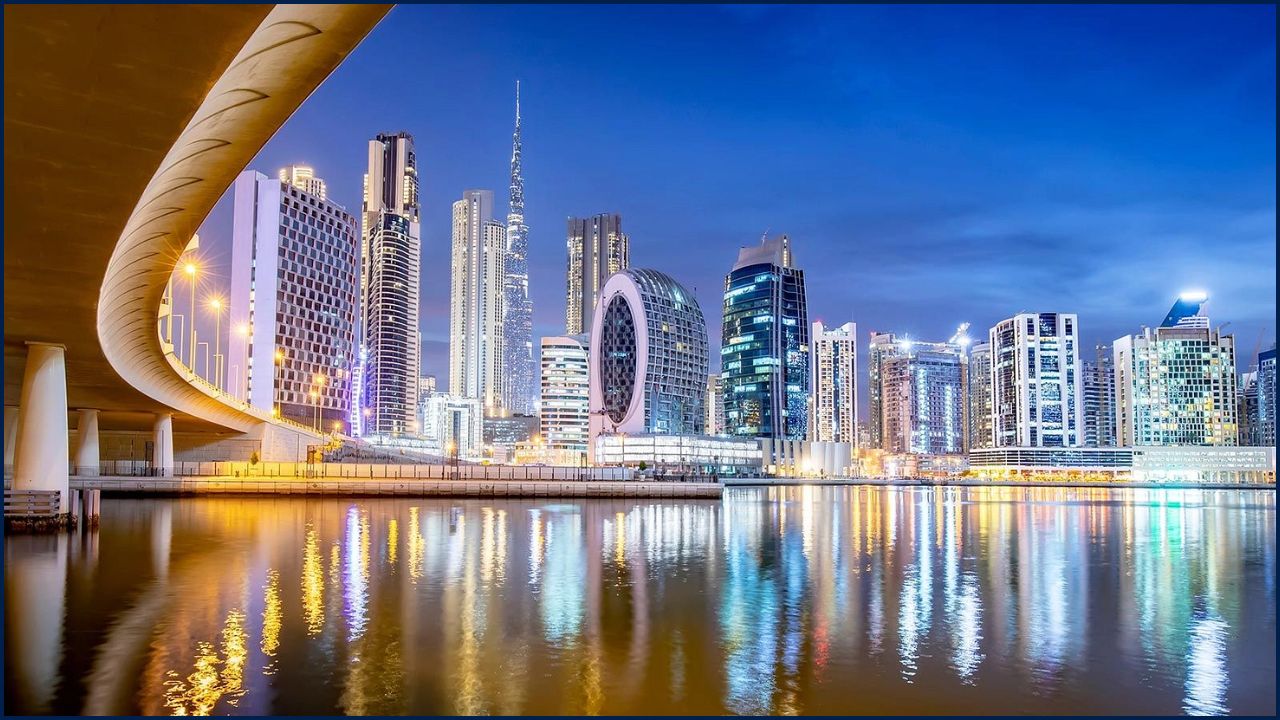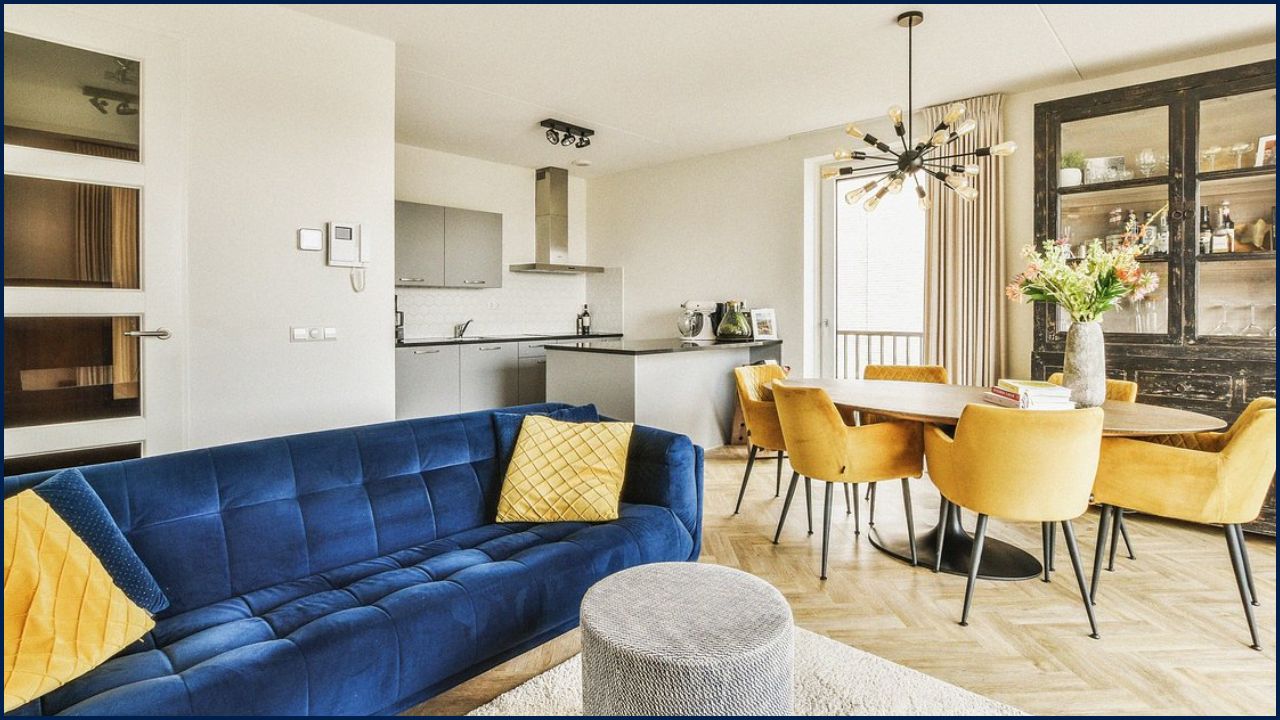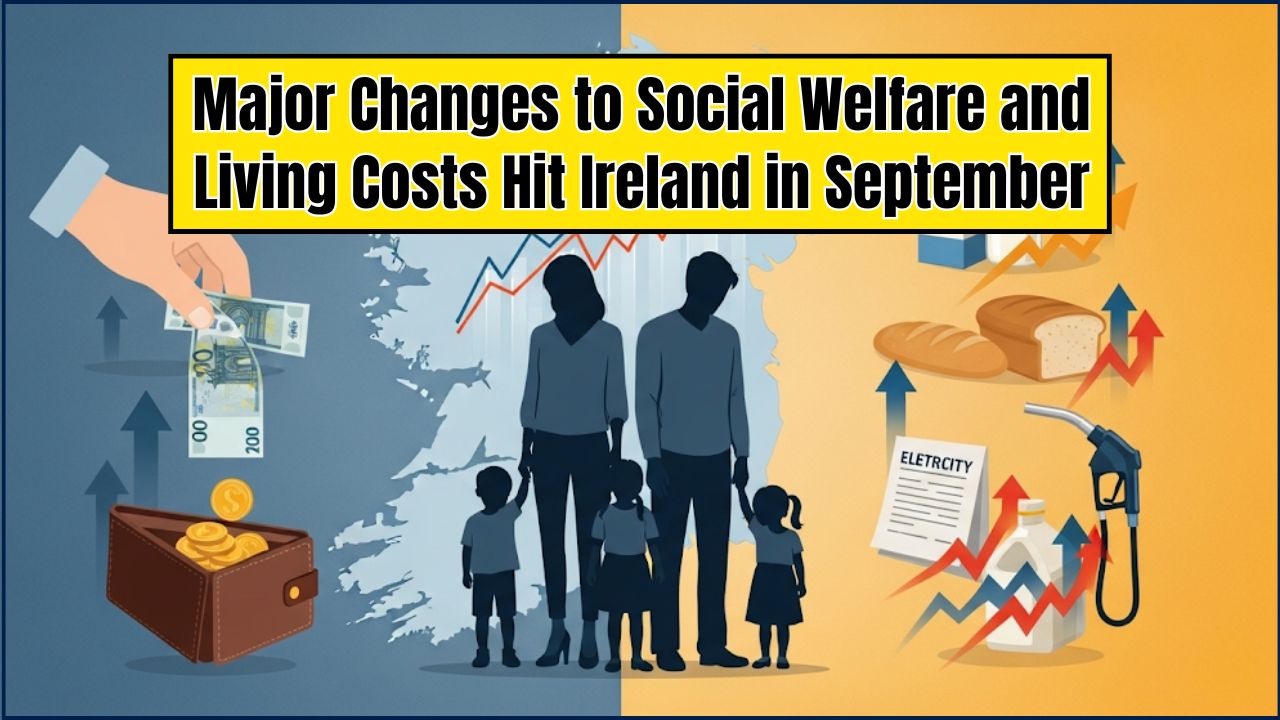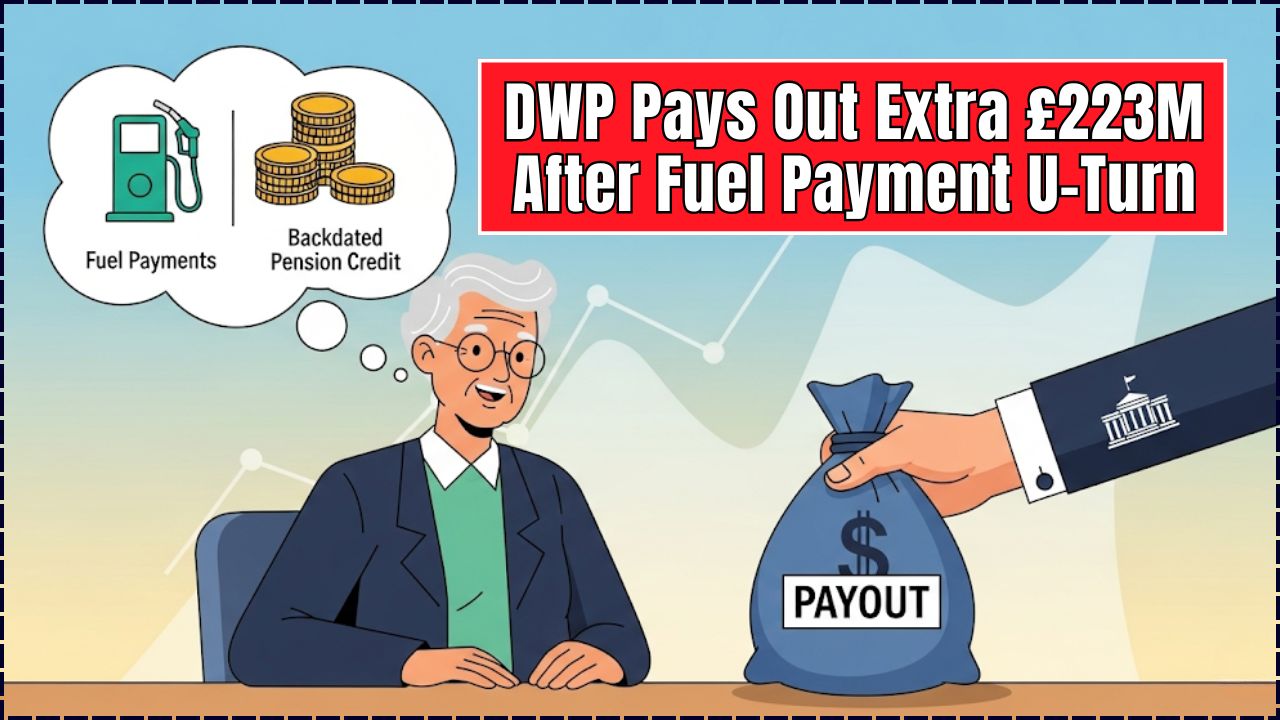Dubai’s skyline isn’t just growing taller—it’s growing smarter. One of the most exciting trends redefining the city’s urban identity is the emergence of Live-Work-Party spaces. These modern, mixed-use developments offer an all-in-one lifestyle where people can live, hustle, and unwind without ever leaving the block.
From buzzing creative zones in Dubai Design District to co-living towers with rooftop yoga, this isn’t just urban planning—it’s lifestyle engineering. Whether you’re an expat, digital nomad, investor, or a local looking for next-gen living, this trend is changing the game.
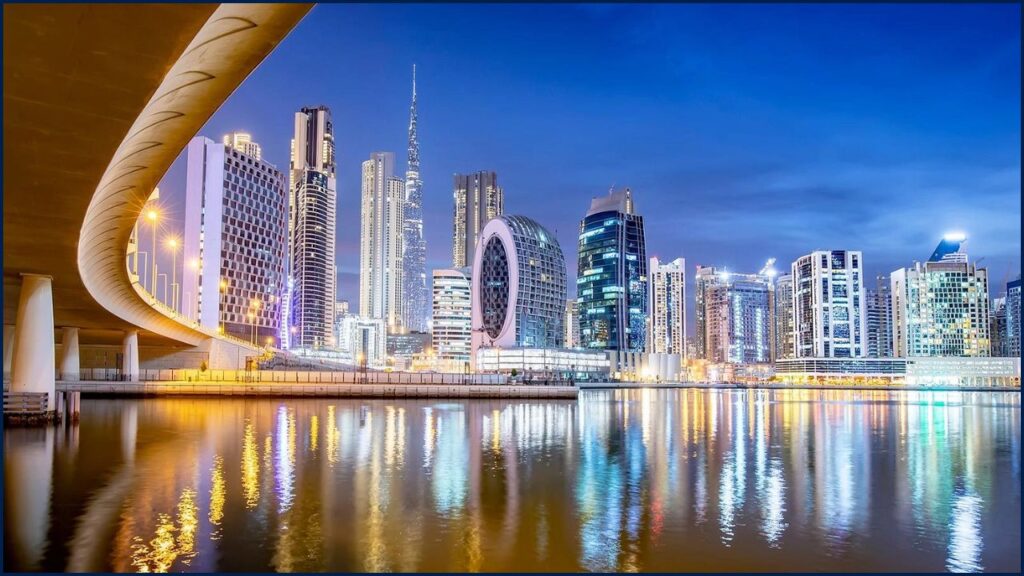
What are Live-Work-Party Spaces?
You’ve probably heard of “live-work-play” communities, but “live-work-party” takes it a step further! These are dynamic urban developments in Dubai that seamlessly blend residential, commercial, and social amenities. Imagine having your stylish apartment, a modern co-working space, fantastic restaurants, and vibrant entertainment options all within walking distance – making daily commutes a thing of the past and maximizing your free time for fun and relaxation. It’s all about creating a holistic lifestyle where convenience, productivity, and social connection thrive in one exciting hub.
Dubai’s Urban Shift
Pre-Pandemic (Before 2020): Dubai’s urban planning, while always forward-thinking, primarily focused on distinct zones for living, working, and leisure. Commutes were a standard part of daily life, and while mixed-use developments existed, the emphasis on integrated social and entertainment “party” hubs within residential areas was less pronounced. The demand for large, dedicated office spaces was high, and home offices were more of a niche concept.
2025 and Beyond: The landscape has transformed. The rise of remote and hybrid work models has amplified the need for spaces that blur these lines. Developers are now intentionally designing “live-work-party” communities where everything is within reach. This shift has led to increased demand for larger residential units with dedicated workspaces and a stronger emphasis on vibrant, on-site entertainment and social amenities, redefining urban convenience and lifestyle in Dubai.
Rise of Live-Work-Party Spaces
| Feature | Details |
|---|---|
| Trend | Live-Work-Party (Live-Work-Play) Spaces in Dubai |
| Growth Stat | 19% YoY increase in Dubai real estate prices in 2024 |
| Why It’s Hot | Remote work boom, lifestyle demand, investment ROI, traffic reduction |
| Target Audience | Millennials, remote professionals, expats, digital nomads |
| Best Zones | Dubai Design District (d3), Sobha Hartland, Alserkal Avenue, One Za’abeel |
| Investor Angle | Rising rental demand in co-living/co-working units |
| Official Site | Dubai Land Department |
Dubai’s rise as a hub for Live-Work-Party spaces shows that the future of real estate is holistic, connected, and community-driven. Whether you’re looking to invest, relocate, or rent smarter, these developments represent a smarter, more social way to live. They’re not just changing buildings—they’re changing lives.
What Are Live-Work-Party Spaces?
Think of these as mini-cities wrapped in one building or neighborhood. They typically include:
- Residential living (private studios or shared co-living)
- Workspaces (coworking lounges, conference rooms)
- Social zones (gyms, rooftop bars, art hubs, cafes)
The vibe? Work hard, play harder—without traffic.
Why Dubai Is Leading the Pack
1. Remote Work Is the New Normal
The global shift to remote work has fueled demand for integrated lifestyle properties. Dubai, with its zero-income tax and free zones, is attracting digital professionals worldwide.

2. Traffic is a Beast
Dubai’s traffic congestion has made convenience king. Live-Work-Party setups eliminate wasted time on the road.
3. Millennials Want More Than Rent
Young adults want experience—not just space. They crave community, creativity, and convenience—all in one place.
4. A Goldmine for Investors
Increased rental yields and lower vacancy rates make these properties a smart buy. Many units in co-living towers have a 20–30% higher rental occupancy than traditional apartments.
Top 5 Live-Work-Party Communities in Dubai
| Property | Key Features | Ideal For | Investment Tip |
|---|---|---|---|
| Sobha Hartland | Smart homes, retail, coworking, greenery | Families, long-term expats | High-end buyers |
| Dubai Design District (d3) | Creative offices, art spaces, lounges | Creatives, freelancers | Cultural capital growth |
| One Za’abeel | Twin towers, “The Link” sky bridge with lounges | Professionals, business execs | Prime ROI |
| Collective by Emaar | Co-living with co-working, youth-friendly | Millennials, remote workers | Entry-level investment |
| Nasab Dubai @ Al Quoz | Cowork + wellness + social | Entrepreneurs, solopreneurs | Trend-first buyer play |
Dubai vs. Other Global Cities
| City | Live-Work-Party Development Strength | Comparison |
|---|---|---|
| Dubai | Integrated, upscale, tax-friendly | Focus on luxury + affordability |
| New York | Co-living is growing fast | More expensive, less flexible |
| London | Strong co-working hubs | Housing shortage limits growth |
| Singapore | Compact and efficient | High cost, limited co-living options |
Dubai wins in terms of affordability, modern infrastructure, and global accessibility.
Expert Take
“Live-Work-Party spaces aren’t just a luxury—they’re the future of urban life. Dubai is smartly integrating work-life balance with world-class infrastructure,”
— Sarah Al Hammadi, Urban Planner, Dubai Municipality
Mini Case Study: From Hustle to Harmony
Meet Jessica, a 29-year-old UX designer from Austin, Texas. She moved to Dubai and chose a co-living unit in Collective by Emaar.
“I can brainstorm in the cowork lounge, grab sushi on-site, and hit the rooftop pool—all within one building. It’s changed how I live and work completely,” she says.
Jessica pays AED 5,000/month, including utilities and community access.
Live-Work-Play vs. Live-Work-Party
While similar, there’s a subtle but significant difference in focus!
| Feature | Live-Work-Play Developments | Live-Work-Party Developments (Dubai’s New Trend) |
| Primary Focus | Residential, commercial, and general recreational/leisure. | Residential, commercial, and vibrant entertainment/social experiences. |
| Leisure Aspect | Parks, gyms, family-friendly activities, basic retail. | Nightlife, trendy restaurants, entertainment venues, social clubs, event spaces, luxury retail. |
| Target Audience | Families, professionals seeking convenience and balance. | Young professionals, entrepreneurs, digital nomads, and those prioritizing a dynamic social life. |
| Vibe | Community-oriented, balanced, family-friendly. | Energetic, cosmopolitan, always something happening, networking-friendly. |
| Examples | Dubai Hills Estate, many parts of JLT. | Newer developments in areas like Business Bay, specific districts focusing on urban nightlife. |
Investor’s Corner: What You Need to Know
Legal Ownership for Foreigners
Dubai offers 100% foreign ownership in designated freehold zones. You’ll need:
- Valid passport
- Proof of funds
- Licensed Dubai real estate broker
Check the Dubai Land Department for verified listings and ownership zones.
Costs Breakdown (Estimate for Co-Living Unit)
- Purchase: AED 750,000
- Monthly ROI Potential: 7–10%
- Fees: AED 8,000/year (community + maintenance)
Sustainability & Green Living

Most Live-Work-Party hubs feature:
- Solar power integration
- Green rooftops & vertical gardens
- EV charging stations
- LEED-certified building practices
This aligns with Dubai’s 2040 Urban Master Plan to make the city more sustainable and people-centric.
What’s Next? Future Outlook
- More micro-communities coming to outskirts like Dubai South and Jumeirah Village Circle.
- Expect a 40% increase in co-living demand by 2026 (source: JLL Research).
- Integration with AI-powered smart buildings already in pilot phase.
FAQs
Q: Are these spaces safe?
Yes—they’re built with 24/7 surveillance, biometric access, and concierge teams.
Q: Can I sublet or Airbnb my unit?
Depends on the developer and building rules. Check with the Dubai Tourism & Commerce Marketing (DTCM) authority.
Q: Is it family-friendly?
Many developments now include childcare zones, playgrounds, and international schools nearby.

